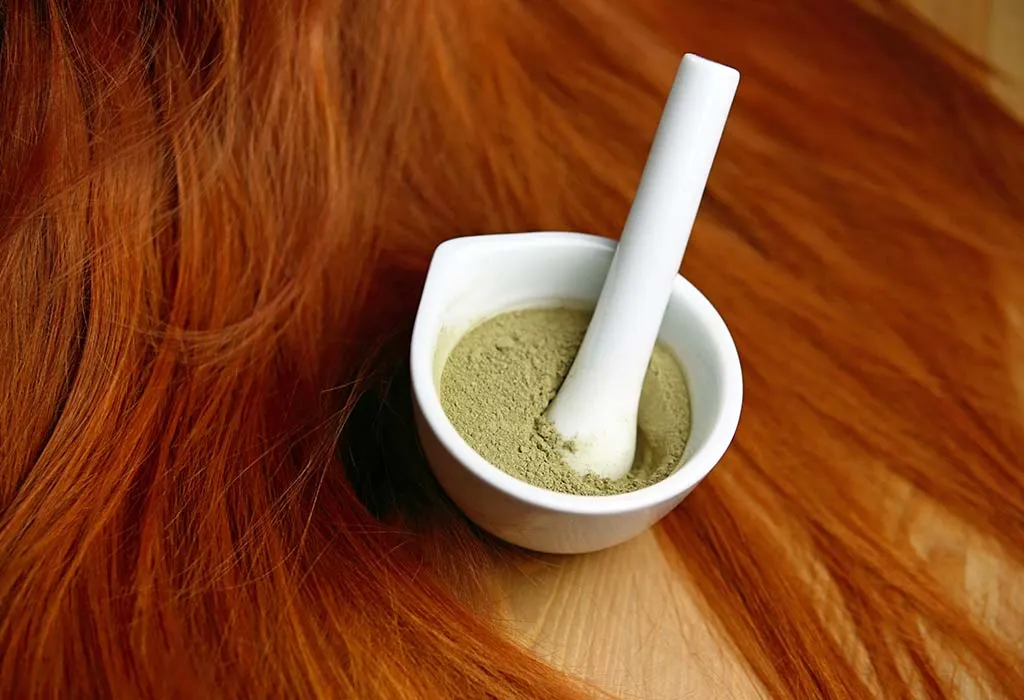Henna hair dye is a traditional method of coloring hair, often used in lieu of chemical dyes. Henna is applied to the hair several hours before washing it out. It lasts longer than normal chemical dyes, but fades faster than permanent chemical dyes.
Henna can be used on any type of hair. However, henna dyes are not particularly effective for graying hair, and hair that has been previously dyed with other dyes will come out significantly lighter if it comes in contact with henna.
Henna is made from the plant lawsonia inermis, or henna shrub, which is native to northern Africa and southwestern Asia. The Egyptians were the first to use henna as a dye, and it was also common in ancient Greece and Rome as well as pre-Columbian America.
Henna hair dye is a natural hair dye that is used for centuries for its color, shine and conditioning properties. Henna contains a plant derivative called lawsone which has been known to strengthen hair and give it a reddish tint. Henna is not just for coloring your hair; it can be used to lighten your hair as well.

Method: Depending on the color you want to achieve, henna can also be mixed with indigo. Indigo helps to neutralize unwanted yellow undertones in your hair. The other ingredients that are required include sugar, lemon juice or vitamin C tablets and essential oils like tea tree oil, lavender oil, rosemary oil and mint oil. All these ingredients need to be mixed together along with warm water in order to make a thick paste. This paste has to be left on your hair for at least five hours or overnight if you want intense coloring. The process may be repeated once before you get the desired results.
How often? You can use henna on your hair as often as possible as it will not damage your hair as chemical dyes would do. Also, henna does not have any harsh chemicals so it will not permanently alter the texture of your hair and is easy to remove from your scalp by simply shampooing.
Henna is also used for gray hair as a coloring agent and can be mixed with other dyes such as indigo or cassia to achieve different shades of red. Cassia is a darker shade of red than henna and indigo produces a purple-red color. Mixing henna with cassia will produce a light brownish-red color, while mixing henna with indigo will produce a dark reddish-brown color. The amount of henna and cassia used determines the final shade of color. Henna combined with other dyes can be purchased


